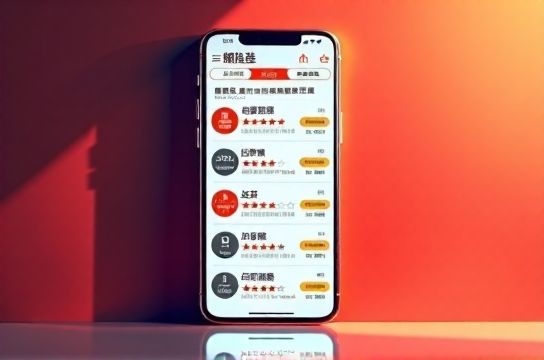How to Check Seller Ratings on Chinese Shopping Apps
- 时间:
- 浏览:25
- 来源:OrientDeck
Shopping on Chinese apps like Taobao, JD.com, or Pinduoduo? Smart move — but only if you know how to dodge the sketchy sellers. The secret weapon? Seller ratings. Think of them as your personal shopping bodyguard in the wild world of online China commerce.

Why Seller Ratings Matter (More Than You Think)
In China’s digital marketplaces, where millions of vendors compete for your yuan, ratings aren’t just numbers — they’re survival signals. A high rating usually means fast shipping, real products, and decent customer service. Low scores? That’s a red flag waving hello to knockoffs and ghosting sellers.
According to a 2023 survey by iResearch, over 78% of Chinese consumers check seller ratings before purchasing. Ignoring them is like walking into a street food stall with no customers — possible, but risky.
Step-by-Step: How to Find Seller Ratings
Taobao: Tap the seller’s shop name under the product. Look for the colored dots — green is good (4.8+), yellow is meh (4.5–4.7), red is run (below 4.5). Also check “Service, Logistics, Quality” scores below the main rating.
JD.com: Easier! JD uses self-operated (自营) and third-party sellers. Self-operated = near-perfect ratings (99%+ positive). Third-party? Click “Store Info” for their official score.
Pinduoduo: Watch the “Store Description Match” and “Customer Service” scores. Anything below 4.0 here? Hard pass.
What the Numbers Really Mean
Ratings on these platforms use a 5-point scale, but context matters. Here’s a quick decoder:
| Rating | Interpretation | Action |
|---|---|---|
| ≥ 4.8 | Excellent – trustworthy, fast shipping | Buy confidently |
| 4.5 – 4.7 | Average – mixed reviews, proceed with care | Read recent comments |
| < 4.5 | Poor – high risk of issues | Avoid unless deeply discounted |
Pro Tips to Spot Fake Ratings
- Check review dates: If all 5-star reviews are from one week ago? Suspicious.
- Look for photo evidence: Real buyers often upload product pics. No photos? Could be bots.
- Read between the lines: Comments like “good!” repeated 50 times? Likely fake.
Also, use tools like Camel Camel Camel (for price history) or browser plugins that analyze seller trustworthiness.
Final Word: Rate to Elevate
Remember: every time you leave an honest review, you’re helping others avoid scams. It’s karma with Wi-Fi. So next time you unbox that miracle skincare serum or finally receive your delayed phone case — take 30 seconds to rate the seller. Your future self (and fellow shoppers) will thank you.
Stay sharp, shop smart, and never let a shady seller steal your shine.